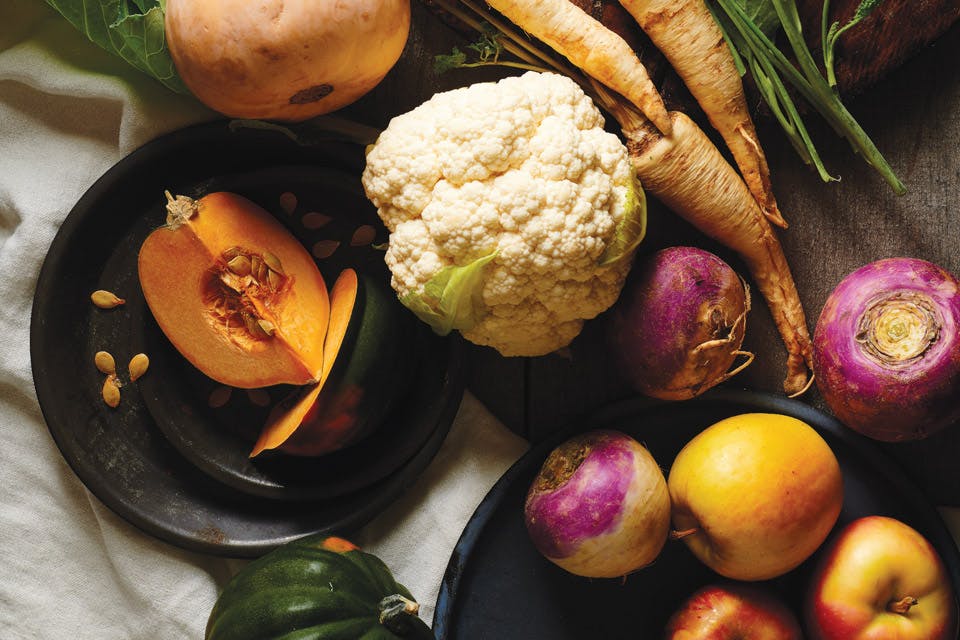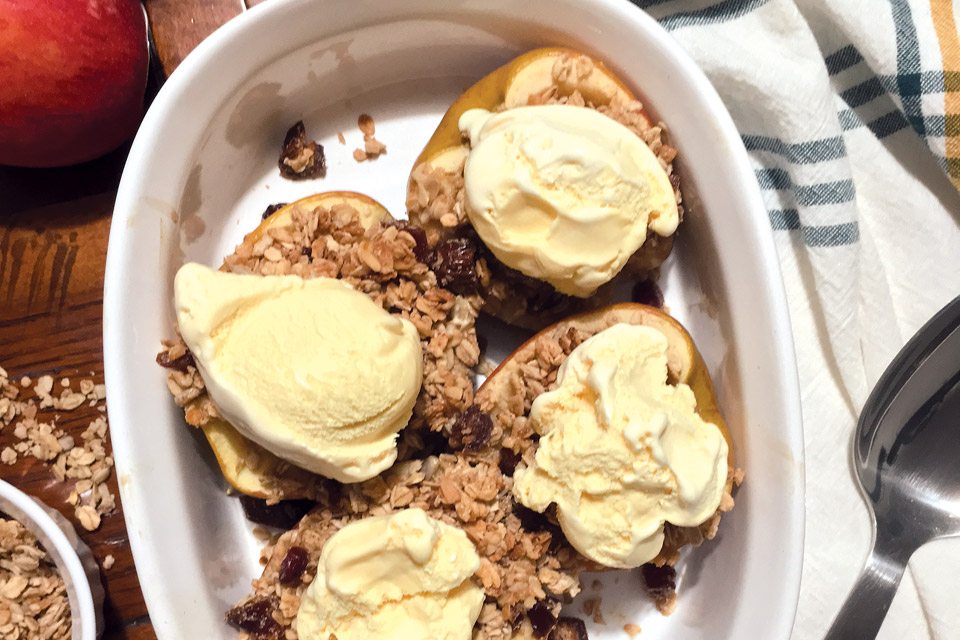Food + Drink
What’s in Season in Ohio: September
Chefs Matt Rapposelli and Jansen Trotman share how to use fall fruits and vegetables.
Related Articles
.jpg?sfvrsn=f1dab738_3&w=960&auto=compress%2cformat)
McDonald’s Filet-O-Fish Was Created in Ohio
Cincinnati franchise owner Lou Groen came up with the idea for the Lenten-season menu item and began selling it in 1962. The sandwich remains relatively true to his original vision to this day. READ MORE >>

Ohio Farmer Lee Jones Appears in a New TV Series
“The Chef's Garden” from Rachel Ray and International Content’s Free Food Studios is set to premiere on the A&E network Jan. 27. READ MORE >>

10 Ohio Fall Foods and Brews
Take a flavorful trip through the season with Resch’s Bakery’s pumpkin doughnuts, Maggie’s Doughnuts’ apple fritters, great seasonal brews and food-filled Oktoberfest celebrations. READ MORE >>




